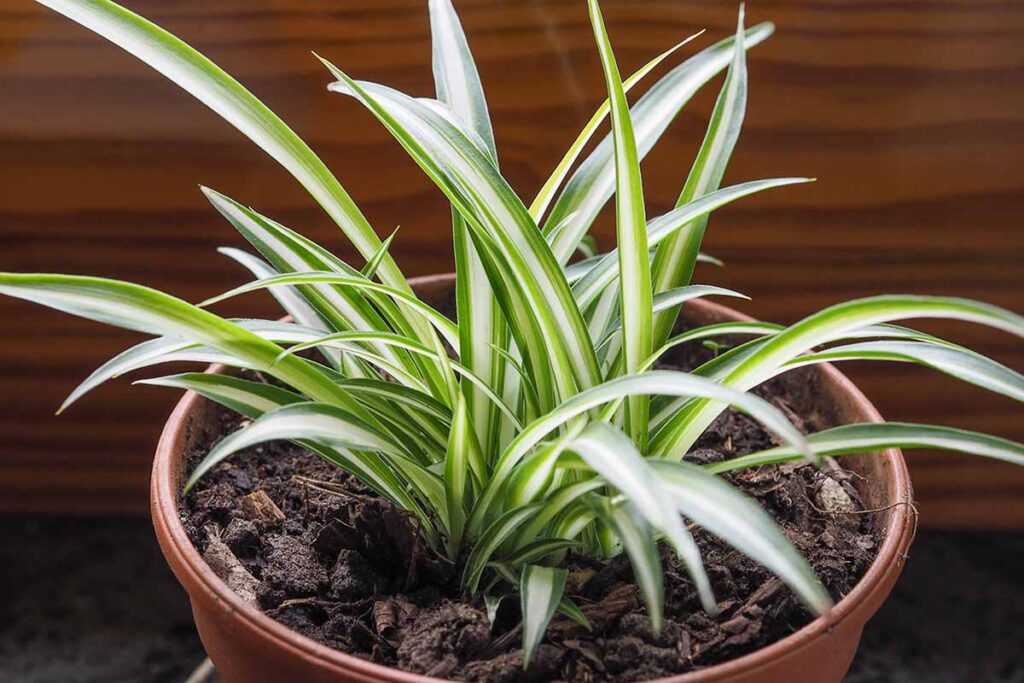In the construction industry; balconies, rooftops, and even pocket gardens are becoming more than just architectural features. They’re blank canvases waiting to be adorned with the artistry of potted plants. Lush greenery softens the stark lines of concrete, creating inviting outdoor spaces for residents to relax and connect with nature. This connection with nature, even in a limited space, can significantly improve well-being and create a sense of community within a building.
Hotels, more so Airbnb, have taken the art of urban living to new heights! Their rooftop garden isn’t just a space to relax – it’s a vibrant green oasis. Imagine sinking into a comfy seat surrounded by planters overflowing with diverse flora. Breathe in the fresh air, soak up the sunshine, and let the calming energy of nature wash over you – all within the stylish confines of South House.
These planters can be crafted from silky oak timber to boast a rustic charm that complements the urban landscape. For instance, take planters that measure 1400mm by 400mm and strategically position them along the rooftop railing, creating a natural barrier while offering stunning views. The planters offer ample space for a vibrant display of greenery. Also, charming cans and buckets can be repurposed into planters to add a touch of whimsy, their mismatched nature further enhancing the relaxed atmosphere.
Potted plants used for rooftop greenery
1. Bamboo in a planter
While some bamboo species are invasive, certain clumping varieties are perfect for container growing. These bamboos typically have a maximum height of 3-10 feet and won’t spread aggressively. Choose a pot with good drainage holes and use a high-quality potting mix. Water regularly, especially during hot weather, and fertilize monthly during the growing season. Here are some clumping bamboos that do well in pots:
- Golden Bamboo (Phyllostachys aurea): This popular variety features golden yellow culms (stalks).
- Buddha Belly Bamboo (Bambusa ventricosa): This unique bamboo has a bulging midsection on its culms.
- Fountain Bamboo (Bambusa multiplex): This graceful variety has cascading culms with arching branches.
2. Butterfly Palm (Dypsis lutescens)
This elegant palm tree is known for its fronds that resemble butterfly wings. It prefers partial shade and moist soil.
3. Pine trees
These are evergreen coniferous trees that can be grown in pots. However, they are typically not well-suited for container growth in the long term. This is because they have large root systems that can eventually outgrow the pot. If you are interested in growing a pine tree in a pot, choose a dwarf variety and repot it regularly. There are many different species of pine trees, which include:
- Scotch pine (Pinus sylvestris)
- Loblolly pine (Pinus taeda)
- White pine (Pinus strobus)
4. Arborvitae (Thuja)
This is a genus of evergreen coniferous trees that are native to North America and Asia. They are commonly used in landscaping for hedges and screens. Arborvitae have scale-like leaves that are arranged in sprays. They come in a variety of sizes, from dwarf varieties that can be grown in pots to large trees that can grow over 50 feet tall.
5. Spider plant (Chlorophytum comosum)

It’s a popular houseplant known for its ease of care and ability to thrive in a variety of lighting conditions. They prefer bright, indirect sunlight but can also survive in low light. They need to be watered regularly, but the soil should not be soggy. Spider plants have long, slender leaves that cascade over the edge of the pot. The leaves are typically green, but some varieties have variegated leaves with white or cream edges.
6. Potted Alternanthera dentate
Also commonly called ‘Little Ruby’ due to the deep reddish-purple color of its foliage. It has a compact, mounding growth habit and typically grows to about 8-12 inches tall. It does well in full sun to partial shade and prefers moist soil. Alternanthera dentata is a popular choice for container plantings and borders due to its vibrant foliage and low-maintenance care requirements. It can also be used as a ground cover in warmer climates.
South House Airbnb offers a chance to reconnect with nature in the heart of the city. Imagine yourself relaxing in a comfy seat, surrounded by the gentle rustling of leaves and the vibrant colors of the rooftop garden. Breathe in the fresh air and let the stress of everyday life melt away.
A4ARCHITECTS OFFICE ALONG SOUTHERN BYPASS
SOUTH HOUSE HOTEL AIRBNB – 0721410684






Leave a Reply